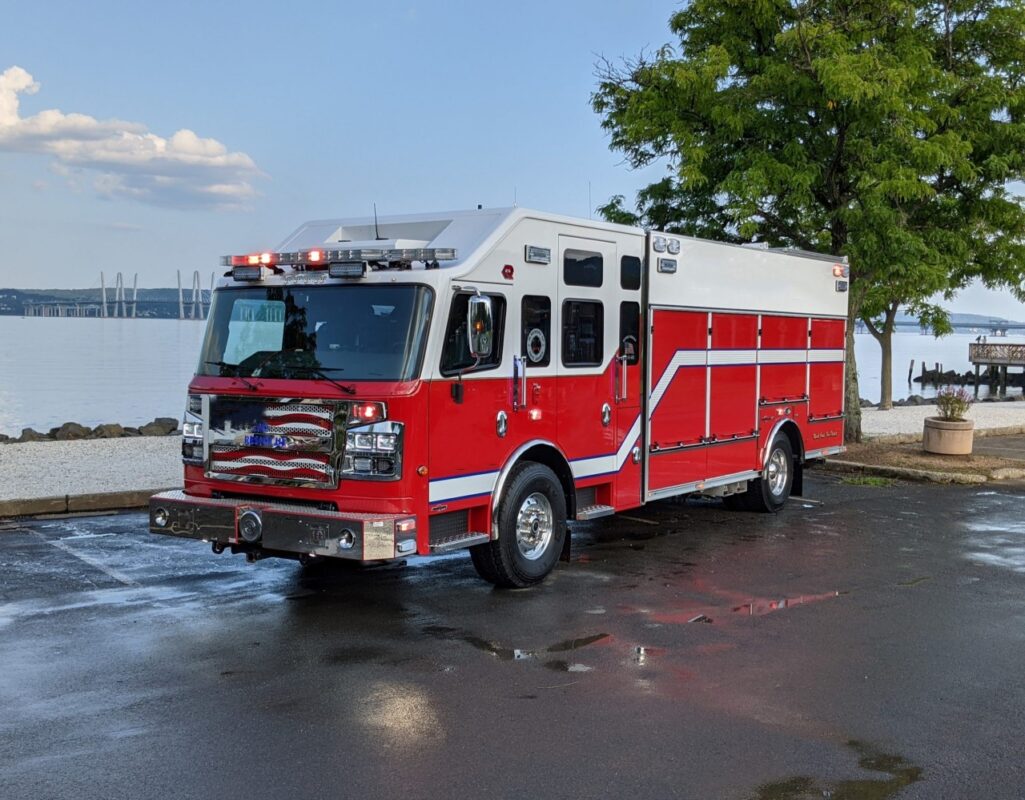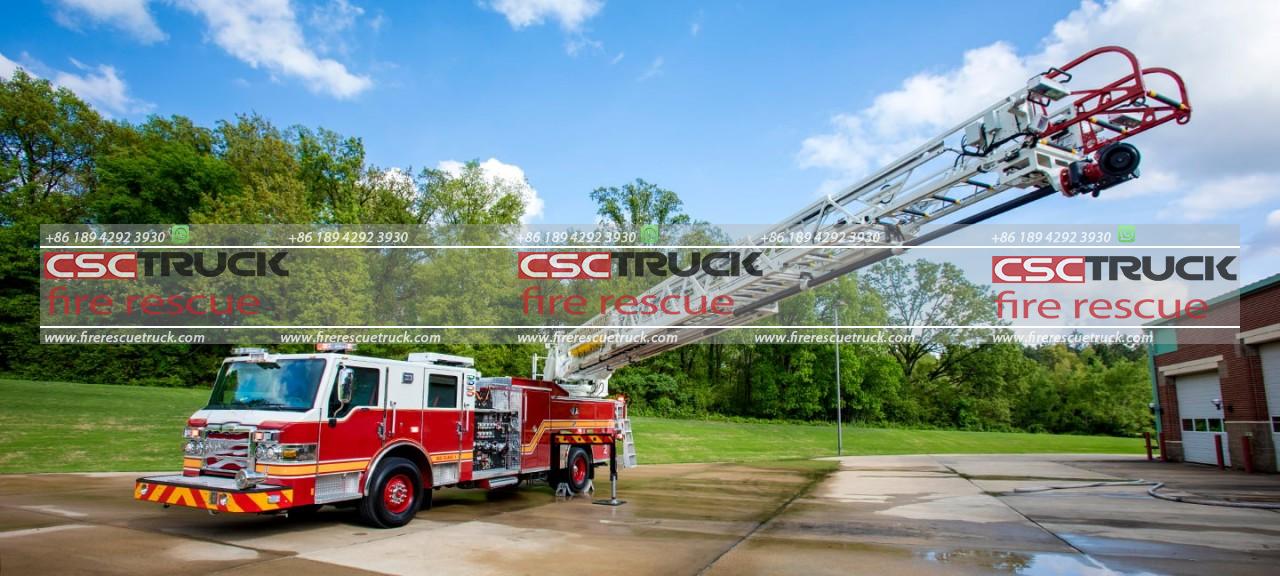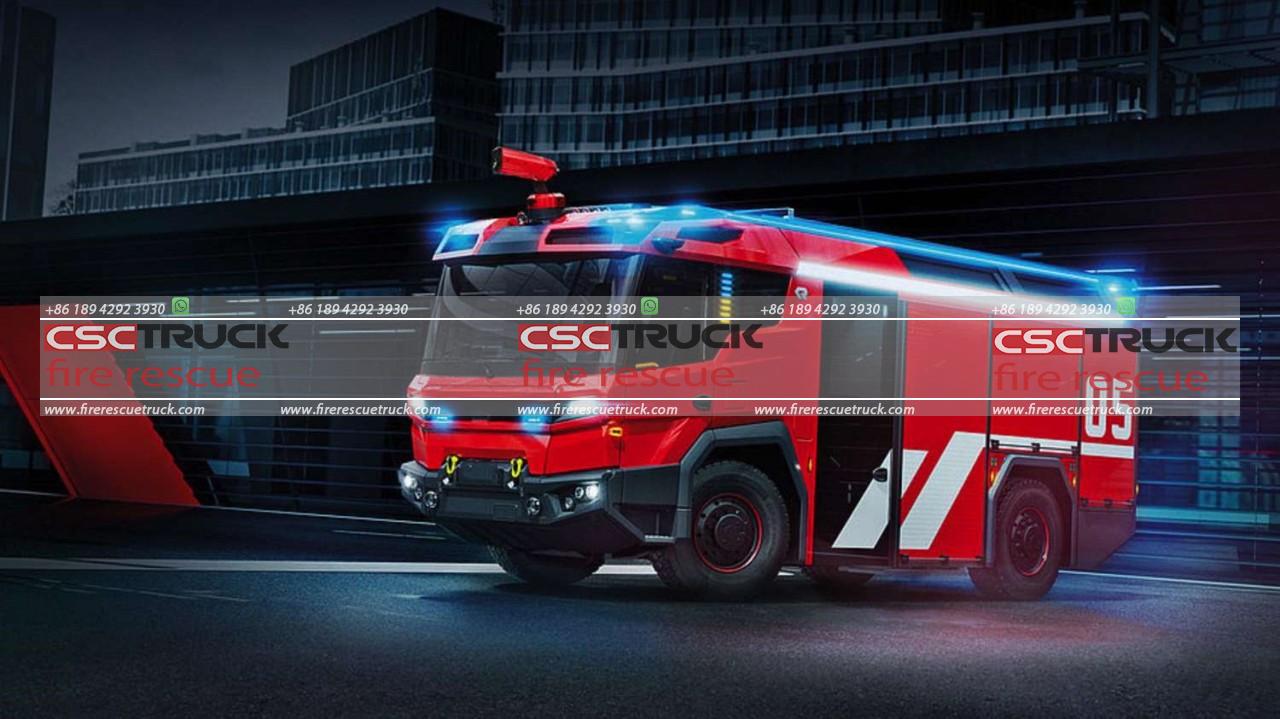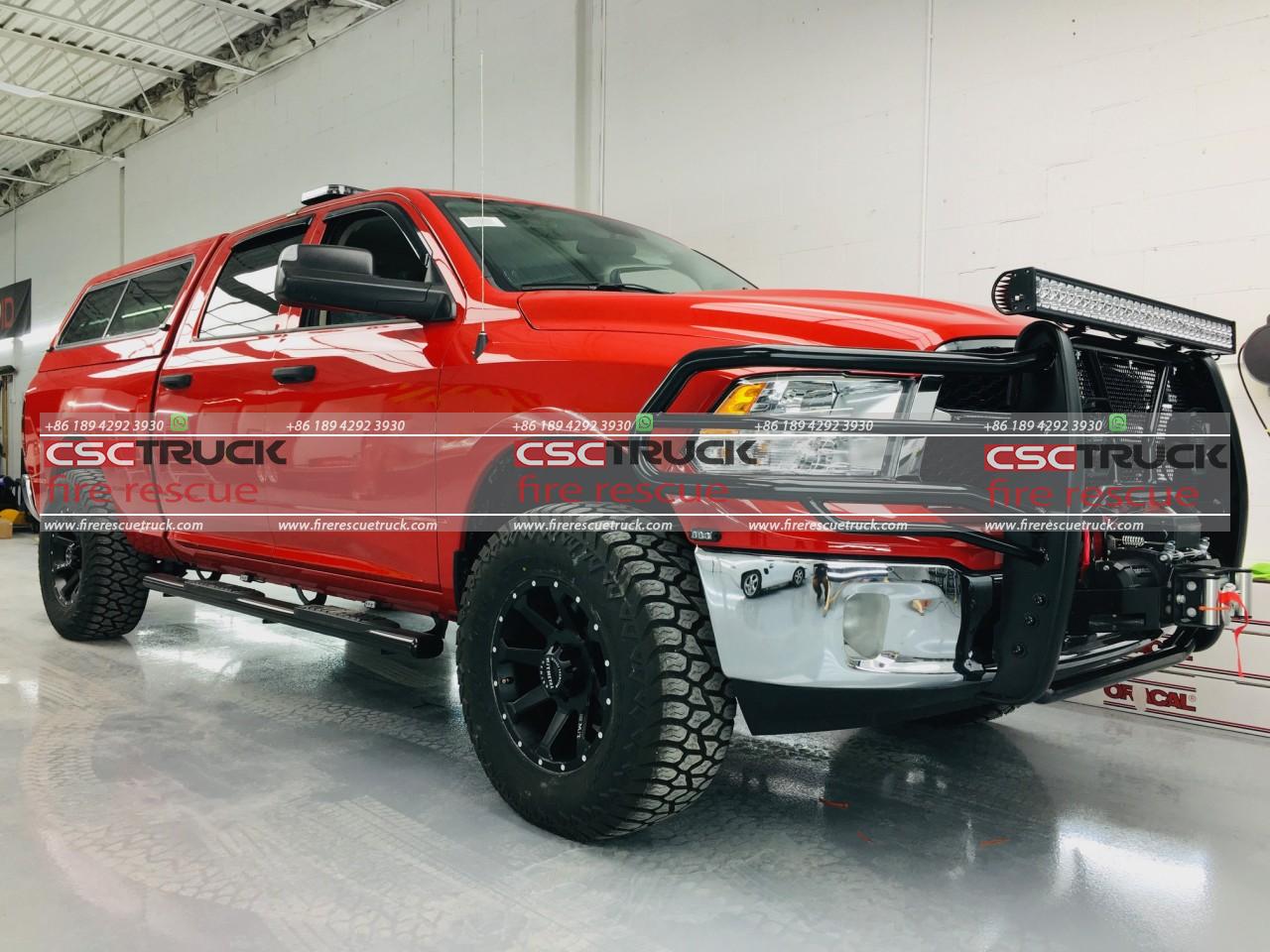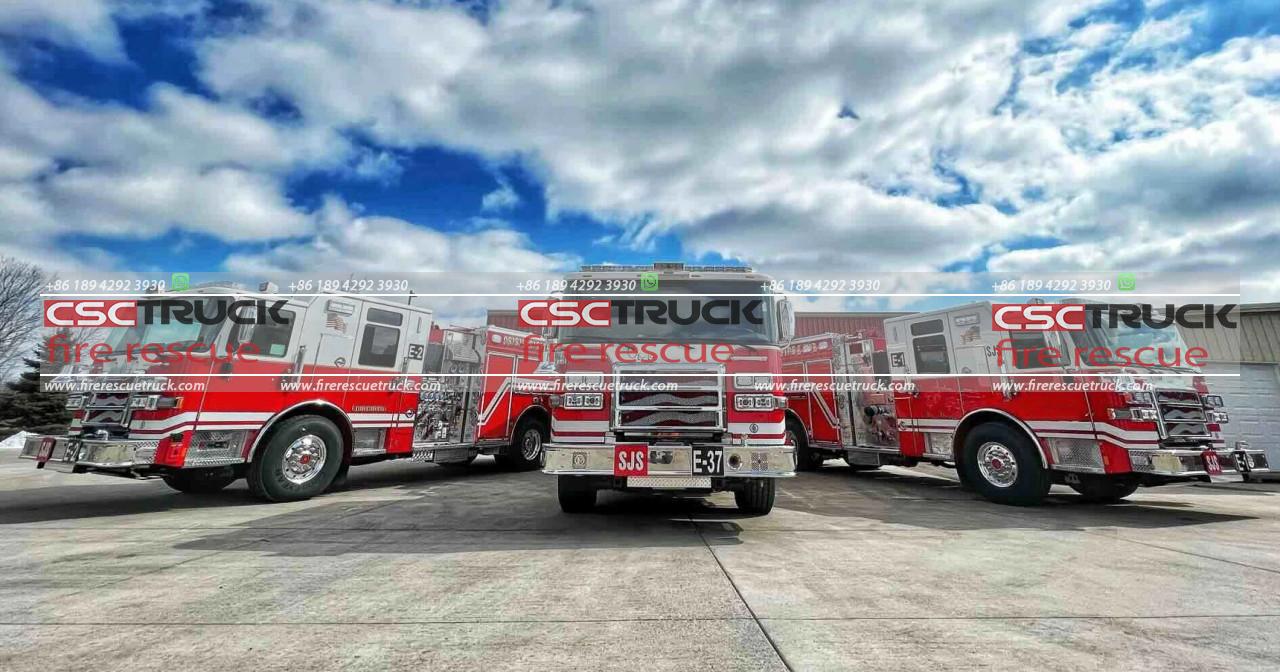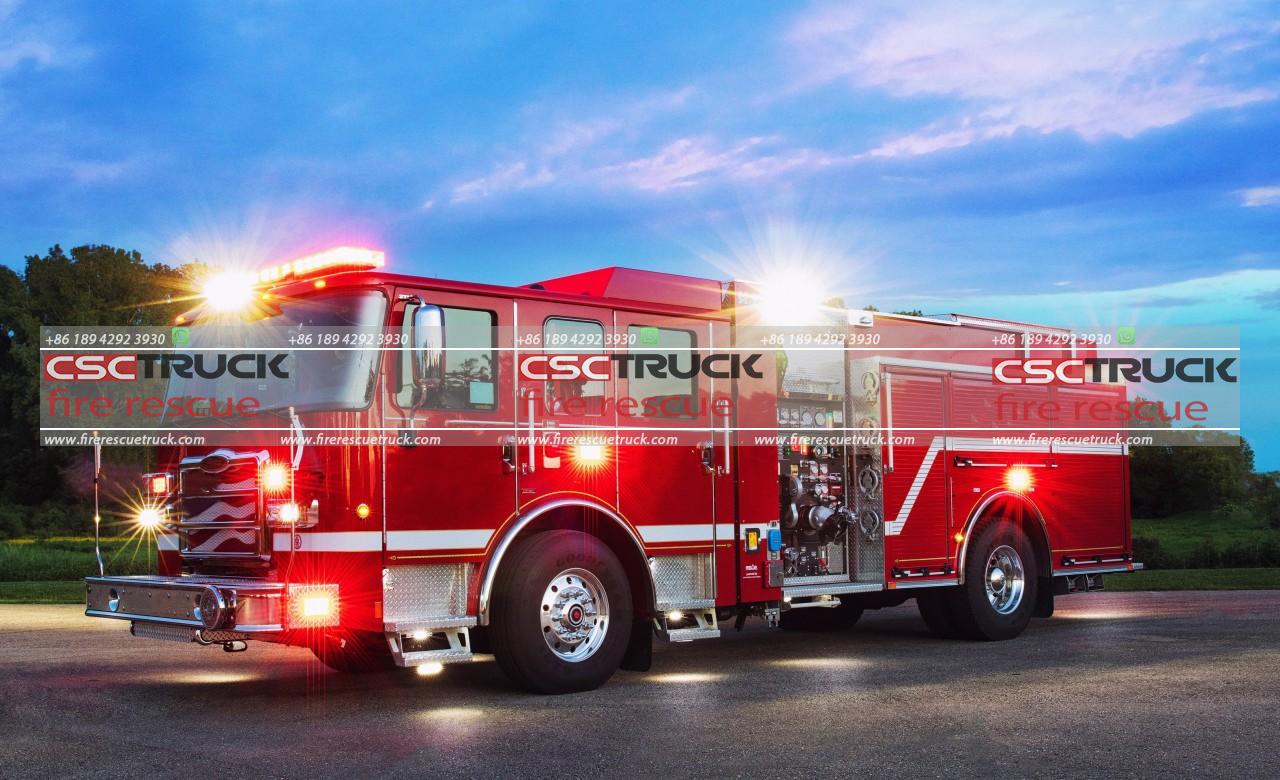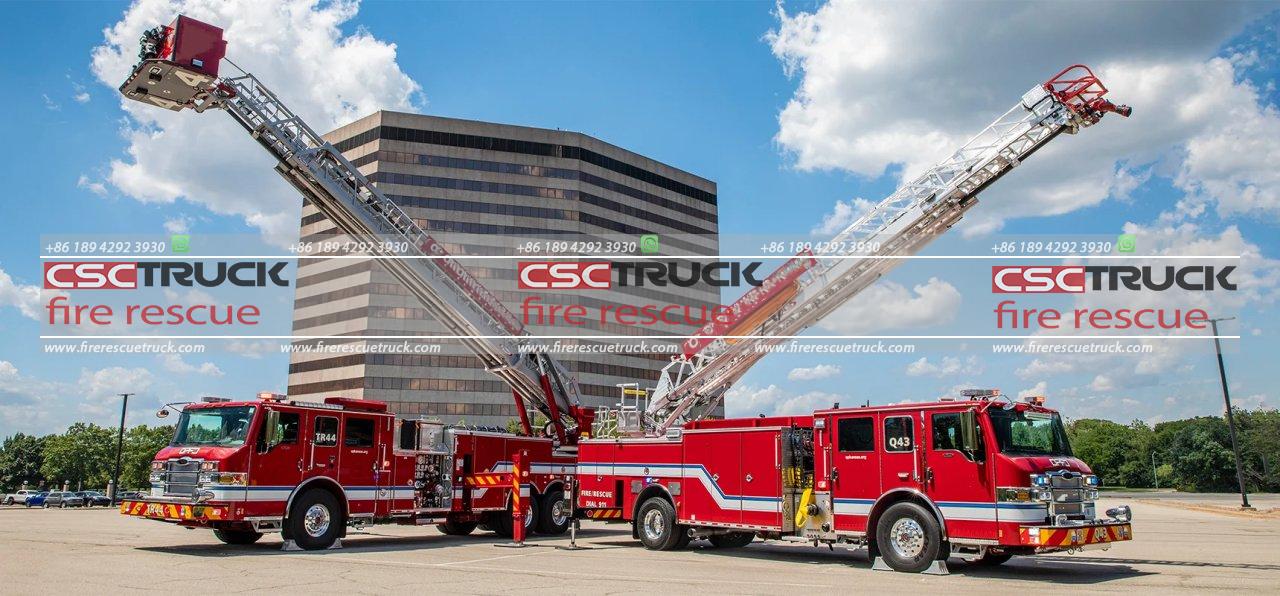When it comes to emergencies involving trapped individuals, a rescue fire truck plays a critical role in ensuring a swift and effective response. Equipped with specialized tools and equipment, these vehicles are designed to assist in extrication and technical rescue operations. From freeing people trapped in the wreckage to providing life-saving support, rescue fire trucks are an indispensable asset in emergency response teams. In this article, we will explore the various ways in which these vehicles contribute to rescue operations and safeguard lives.
One of the primary functions of a rescue fire truck is extrication, which involves removing people from vehicles or structures that have been involved in accidents or collapsed. Time is of the essence in these situations, and the tools carried by rescue fire trucks enable firefighters to access and extricate individuals safely and efficiently. Hydraulic rescue tools, commonly known as “Jaws of Life,” are one of the most vital components of a rescue fire truck. These powerful tools can cut, spread, and lift heavy materials, such as metal or concrete, enabling rescuers to create openings and free trapped individuals. The hydraulic power provided by the rescue fire truck allows these tools to exert tremendous force, making them invaluable in extrication operations.
In addition to hydraulic rescue tools, rescue fire trucks are equipped with a range of other equipment designed to aid in extrication and technical rescues. This includes saws for cutting through materials, pneumatic lifting bags for raising heavy objects, and cribbing materials to stabilize unstable structures. These tools, combined with the expertise of trained firefighters, enable rescue fire trucks to navigate complex situations and save lives.
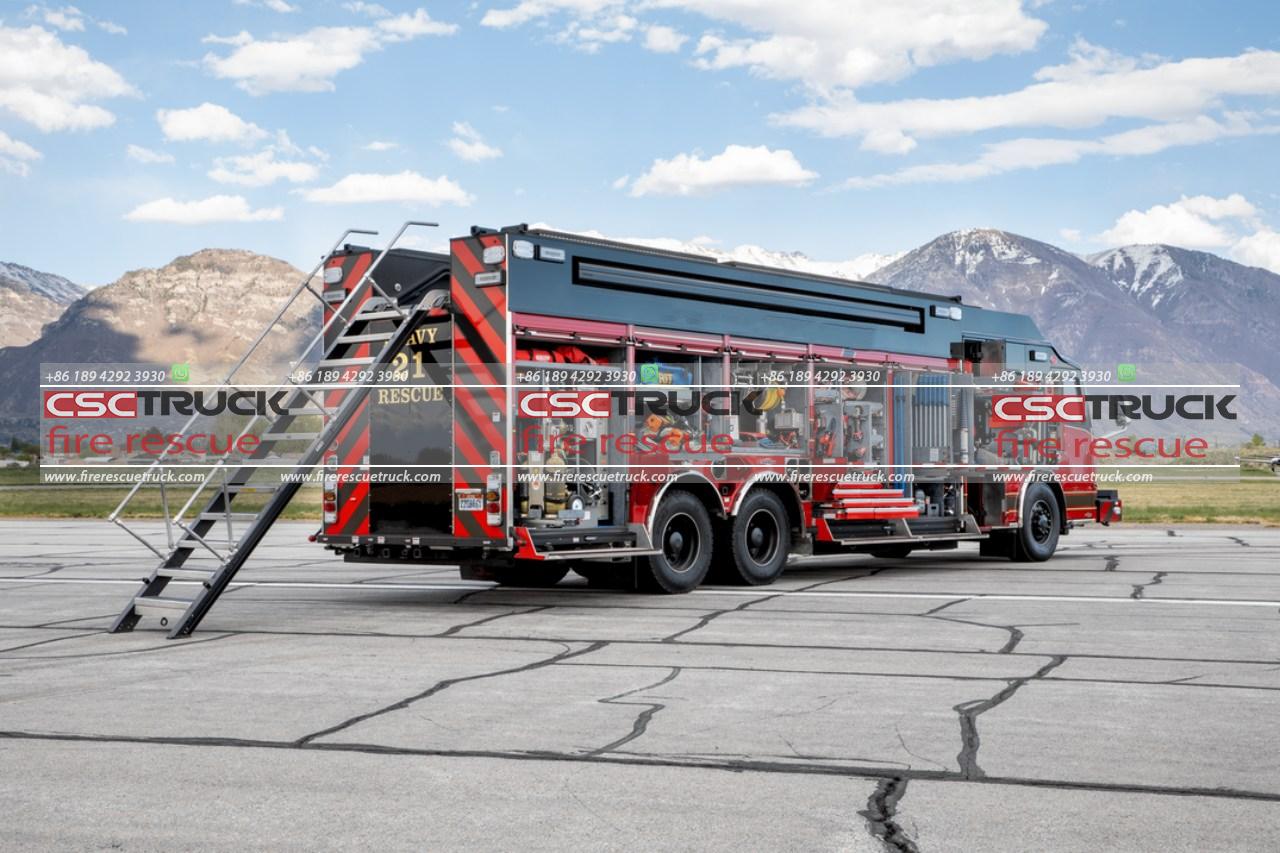
Moreover, rescue fire trucks are equipped with specialized lighting systems to ensure optimal visibility during rescue operations. Bright, high-intensity lights mounted on the vehicle illuminate the scene, enabling firefighters to work effectively in low-light or nighttime situations. This illumination is crucial for locating trapped individuals, assessing the extent of damage, and coordinating rescue efforts. The lighting systems on rescue fire trucks are designed to be adjustable, allowing responders to focus the light on specific areas and adapt to the changing needs of the operation.
Another vital aspect of rescue fire trucks is their advanced communication and monitoring systems. These vehicles are equipped with radios and other communication devices to facilitate coordination between firefighters, incident commanders, and other emergency personnel. Clear and effective communication is essential for ensuring a smooth and organized rescue operation. Additionally, rescue fire trucks may also be equipped with monitoring equipment, such as gas detectors and thermal imaging cameras, to assess potential hazards and locate individuals in need of assistance. These systems enhance situational awareness and aid in making informed decisions during rescue operations.
Furthermore, rescue fire trucks are often equipped with medical equipment and supplies to provide immediate care to rescued individuals. Firefighters are trained in basic medical procedures and can administer first aid or perform CPR if necessary. The medical equipment carried on rescue fire trucks may include oxygen masks, defibrillators, splints, and other essential tools to stabilize patients until professional medical help arrives. This capability to provide initial medical care at the scene can improve the chances of survival significantly for those involved in accidents or emergencies.
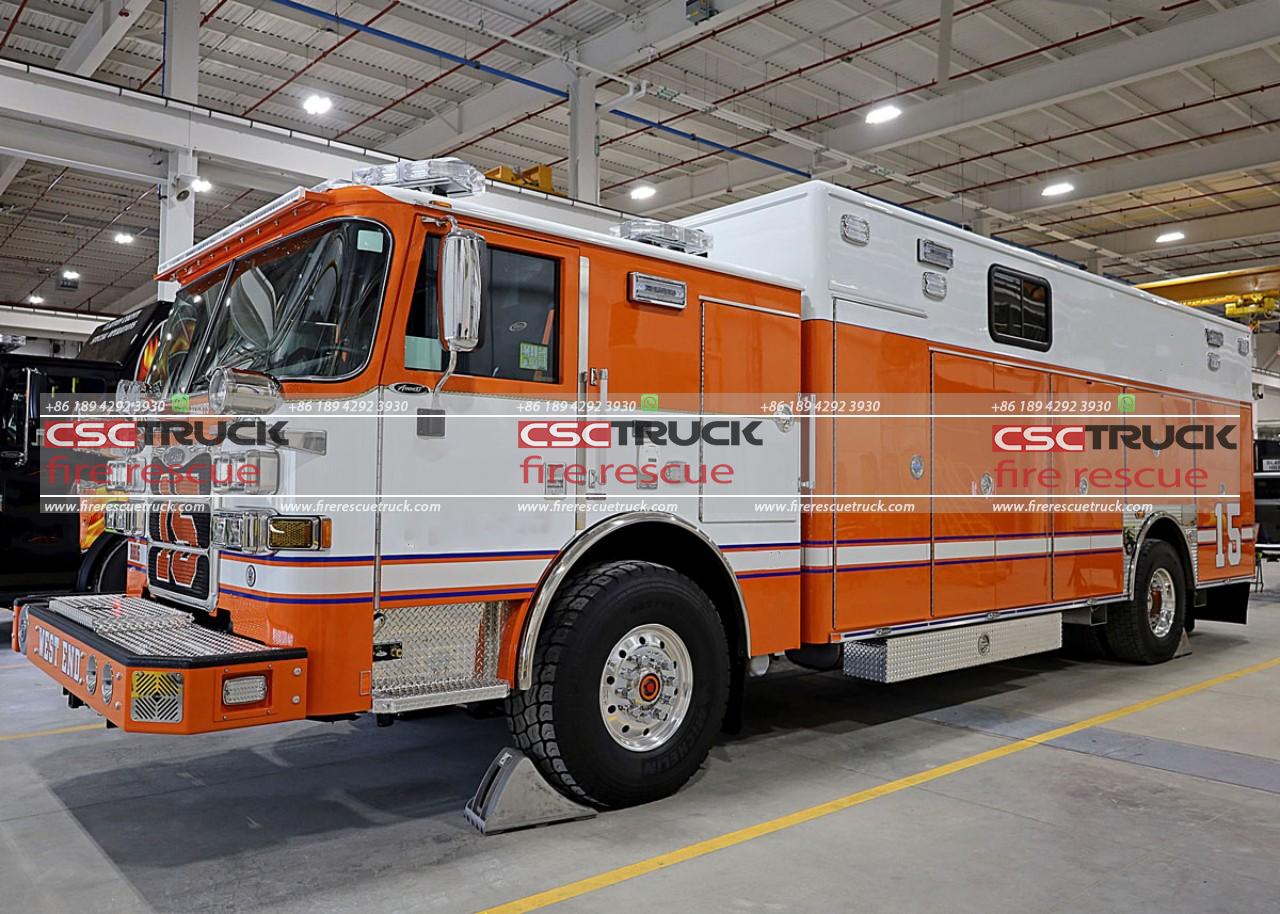
Rescue fire trucks also play a critical role in technical rescue operations, which involve complex and specialized situations such as high-angle rescues, confined space rescues, and swift water rescues. These vehicles are equipped with specialized equipment and trained personnel to handle these challenging scenarios. For example, in high-angle rescues, where individuals are trapped in elevated locations such as cliffs or tall buildings, rescue fire trucks may deploy aerial ladders, aerial platforms, or rope rescue systems to access and extricate the victims safely. In confined space rescues, where individuals are trapped in tight or hazardous environments, rescue fire trucks may deploy specialized equipment such as air monitoring devices and retrieval systems to extract the victims. Technical rescue operations require precise skills, extensive training, and specialized equipment, all of which are integral components of a rescue fire truck.
Moreover, rescue fire trucks undergo continuous training and advancements to keep up with evolving rescue techniques and technologies. Fire departments invest significant resources in training their personnel to operate the equipment and tools carried on rescue fire trucks. Firefighters receive specialized training in extrication techniques, rope rescue, hazardous materials response, and other technical rescue disciplines. This training ensures that they can handle the various challenges effectively and safely they may encounter during rescue operations.
In recent years, technological advancements have further enhanced the capabilities of rescue fire trucks. For example, some modern vehicles are equipped with computerized systems that provide real-time information about the location and status of equipment on board. This allows firefighters to quickly locate and access the necessary tools, saving valuable time during rescue operations. Additionally, advanced vehicle stabilization systems and improved ergonomics have been incorporated into newer models, providing greater stability and ease of use for firefighters during extrication tasks.
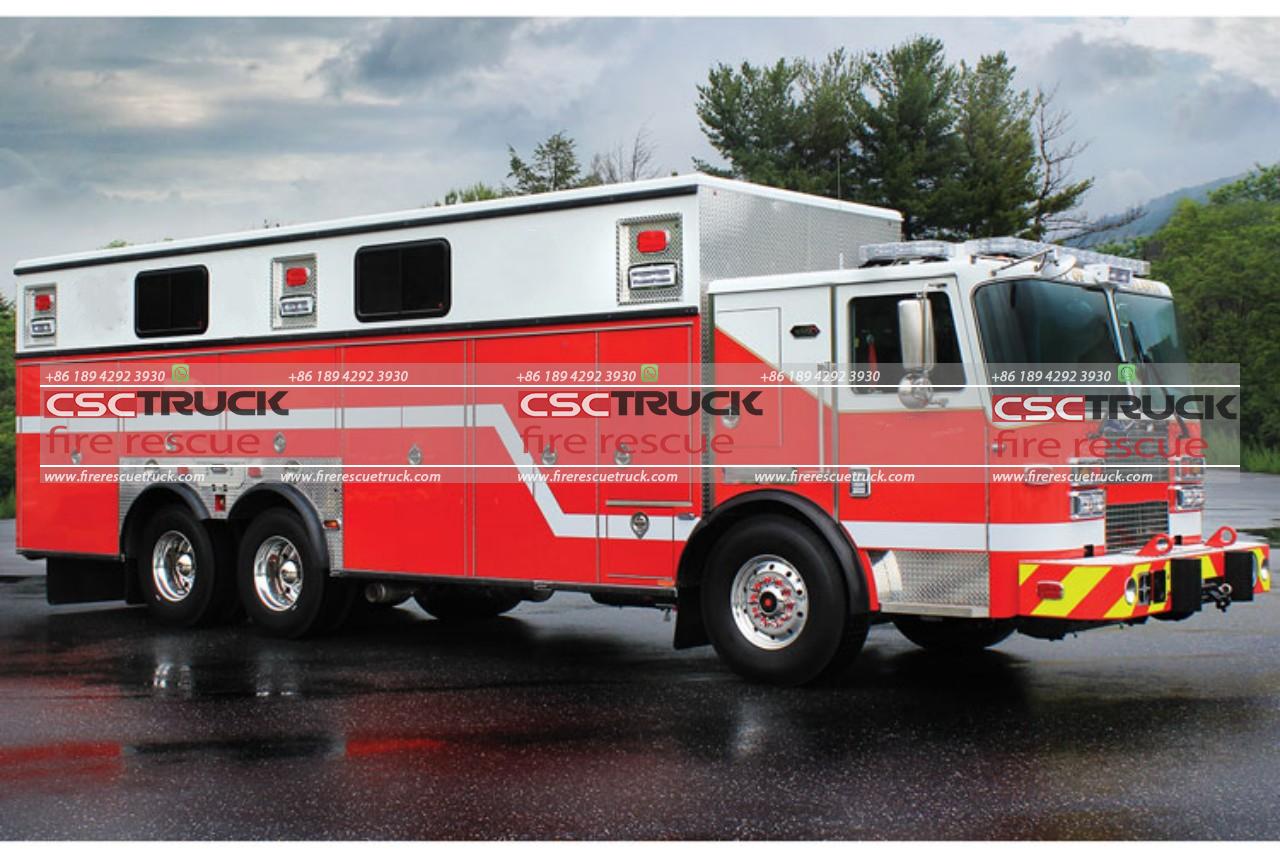
Collaboration and coordination are crucial in rescue operations, and rescue fire trucks often work in conjunction with other emergency response units, such as ambulance services, law enforcement agencies, and technical rescue teams. These vehicles serve as a central point for coordinating efforts, sharing information, and ensuring seamless cooperation between different entities involved in the rescue operation. The ability to communicate and work together efficiently is vital for optimizing the chances of success in complex rescue scenarios.
It is important to note that rescue fire trucks are not limited to assisting in vehicle accidents or structural collapses. They are versatile vehicles capable of responding to a wide range of emergencies. Whether it’s rescuing individuals from hazardous environments, assisting in water rescues, or responding to natural disasters, rescue fire trucks are adaptable to various situations. This makes them a valuable asset multifunctionality for emergency response teams, allowing them to address different types of incidents effectively.
In addition to their primary role in rescue operations, rescue fire trucks also play a crucial role in community outreach and education. Fire departments often use these vehicles to conduct public demonstrations, educating citizens about fire safety, emergency preparedness, and the role of firefighters in their community. The presence of rescue fire trucks at community events helps build trust and confidence among the public, as they witness firsthand the capabilities of these vehicles and the dedication of the firefighters who operate them.
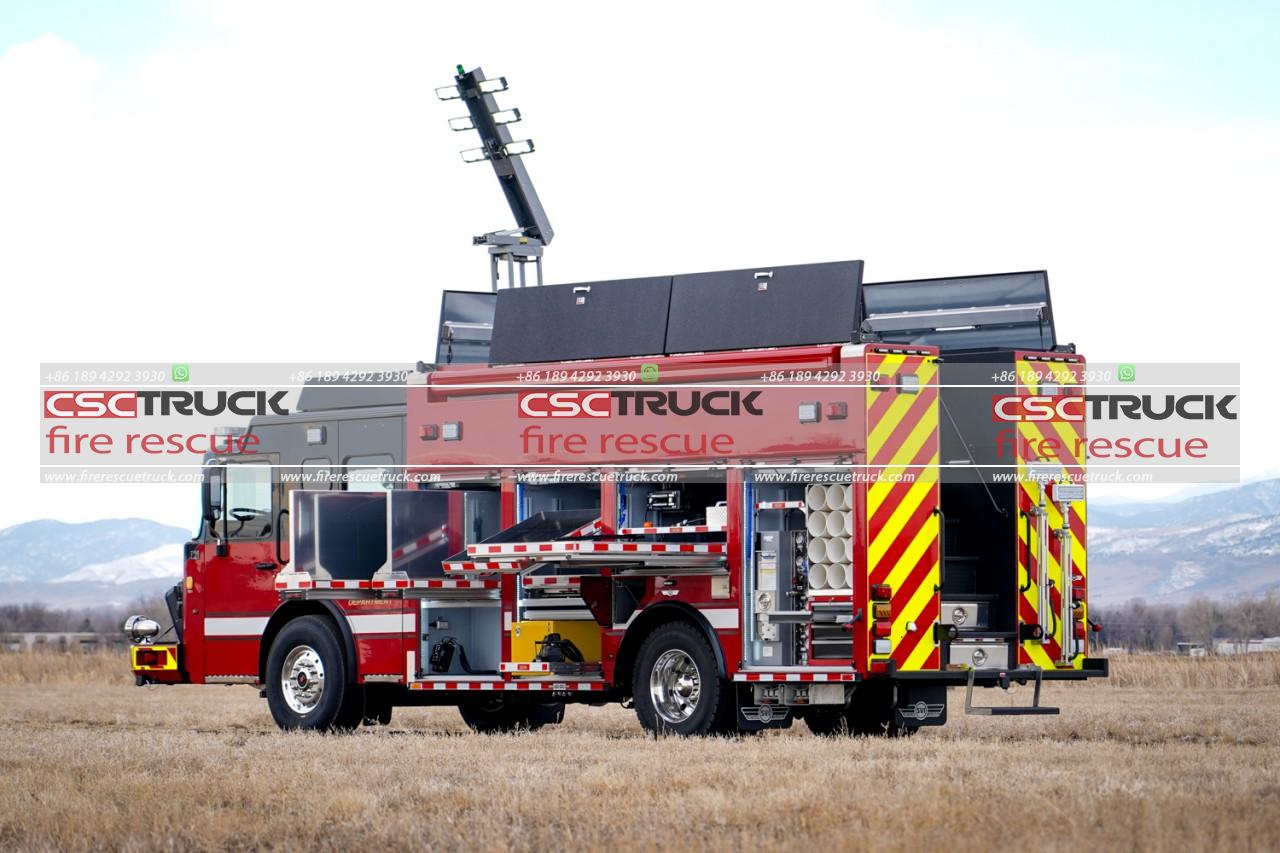
In conclusion, rescue fire trucks are indispensable assets in extrication and technical rescue operations. These vehicles, equipped with specialized tools, equipment, and advanced technologies, enable firefighters to safely and efficiently rescue individuals from life-threatening situations. From extricating people from the wreckage to providing medical care and conducting technical rescues, rescue fire trucks serve as a lifeline during emergencies. The continuous training, collaboration with other response units, and community outreach efforts further enhance their effectiveness and impact. As technology continues to advance, rescue fire trucks will evolve to meet the ever-changing demands of emergency response, ensuring the safety and well-being of the communities they serve.

